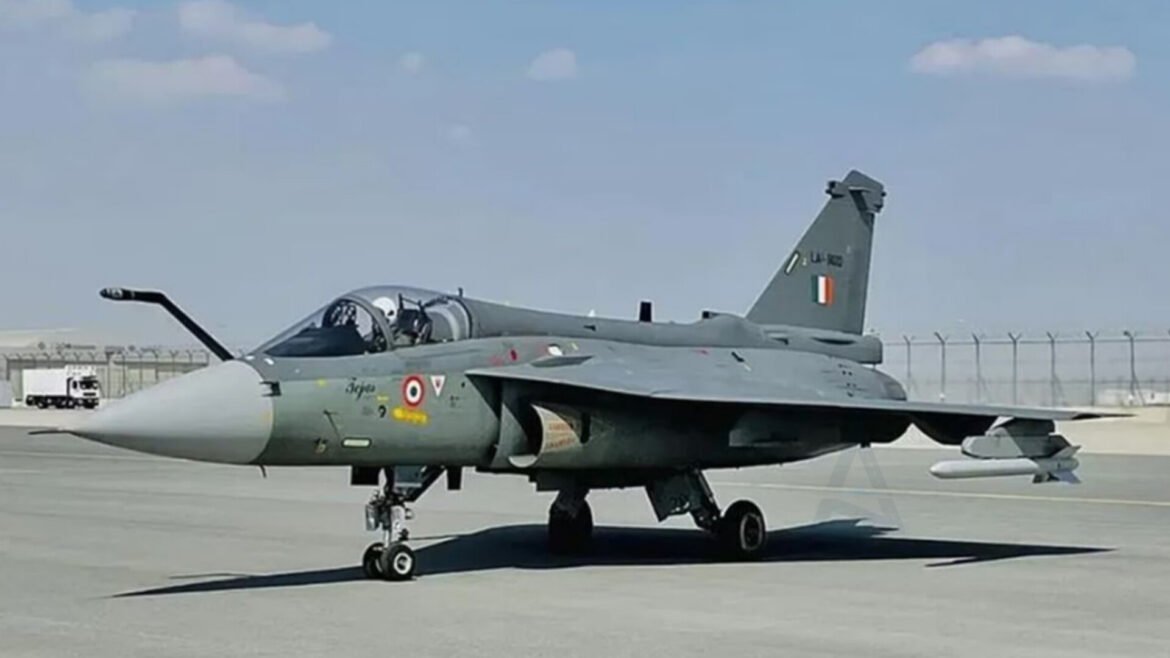Hindustan Aeronautics Limited (HAL) is poised to achieve a historic milestone as it prepares to deliver the first Light Combat Aircraft (LCA) Tejas MK-1A to the Indian Air Force (IAF) in July. This momentous occasion marks a significant leap forward in India’s indigenous defense capabilities, reflecting the nation’s commitment to self-reliance and technological advancement in the field of aerospace engineering.
The journey of the LCA Tejas MK-1A is emblematic of India’s aspirations to develop cutting-edge defense technologies domestically. From its conceptualization to its impending delivery, the project has been a testament to the collective efforts of HAL, Indian defense research organizations, and various stakeholders involved in its development. The aircraft represents a fusion of advanced technology, innovative design, and operational excellence tailored to meet the stringent requirements of the Indian Air Force.
Equipped with state-of-the-art avionics, advanced radar systems, and electronic warfare capabilities, the LCA Tejas MK-1A is designed to excel in modern combat scenarios. Its agility, maneuverability, and superior performance make it a formidable asset in India’s defense arsenal. Moreover, the integration of indigenous systems and components underscores India’s determination to reduce dependency on foreign defense imports and enhance its strategic autonomy.
The impending delivery of the LCA Tejas MK-1A holds immense strategic significance for India’s defense preparedness. By strengthening the operational capabilities of the Indian Air Force, it contributes to safeguarding the nation’s sovereignty and territorial integrity. Furthermore, it reinforces India’s position as a credible player in the global aerospace industry, showcasing the country’s technological prowess and manufacturing capabilities on the world stage.
However, the journey towards delivering the first LCA Tejas MK-1A has not been without its challenges. Delays in project timelines, technological hurdles, and bureaucratic obstacles have posed significant challenges along the way. Addressing these challenges requires sustained efforts from all stakeholders, including government agencies, defense establishments, and the private sector. It underscores the need for streamlining procurement processes, enhancing research and development capabilities, and fostering collaboration with global partners to drive innovation and excellence in India’s defense sector.
Looking ahead, the success of the LCA Tejas MK-1A program sets the stage for future advancements in India’s defense industry. It serves as a catalyst for the development of next-generation fighter aircraft and reinforces India’s commitment to self-reliance in defense production. As India continues to invest in indigenous defense capabilities, initiatives like the LCA Tejas program will play a pivotal role in shaping the nation’s security landscape and ensuring its preparedness to meet emerging challenges.
In conclusion, the impending delivery of the first LCA Tejas MK-1A to the Indian Air Force signifies a significant milestone in India’s journey towards self-reliance and technological excellence in defense manufacturing. It symbolizes the nation’s determination to secure its future through indigenous innovation and underscores the importance of fostering a robust defense industrial base to safeguard its strategic interests.

